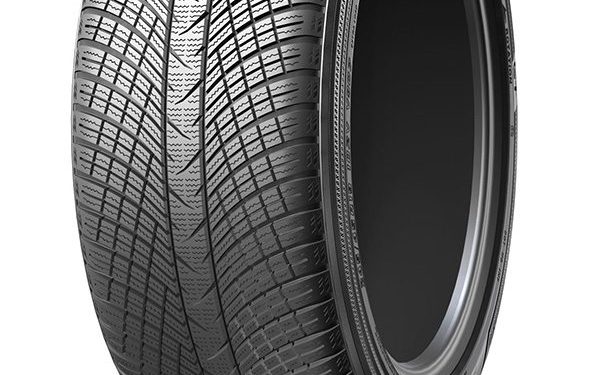Representatives of rubber-producing nations met in Siem Reap yesterday to seek a solution aimed at buoying the international price of natural rubber, which has declined for the last five years on an oversupply in the world market.
The city hosted the 8th annual conference of the Association of Natural Rubber Producing Countries (ANRPC) under the theme “Natural Rubber in a Dynamic World Economy.”
“Most of this sector is constituted by small farmers, so we need to concentrate our efforts to ensure that this group of people continues enjoys a stable income,” M Nagarajan, chairman of Kuala Lumpur-based ANRPC, told the one-day conference.
ANRPC member countries include Cambodia, China, India, Indonesia, Malaysia, Papua New Guinea, the Philippines, Singapore, Sri Lanka, Thailand and Vietnam.
The total amount of rubber planted in these member nations is more than 11 million tonnes on about 11.1 million hectares.
Projections show production will increase while demand continues to decline.
Addressing the forum, Cambodian Minister of Agriculture Ouk Rabun said rubber prices would continue to be affected by “the imbalance of supply and demand” unless immediate and concrete action was taken.
He said the lingering issue of slow global demand continues to push down the price of natural rubber, which has led many local rubber growers to give up on their plantations and turn to other crops.
“Until now, the situation of natural rubber market has not much improved,” he said.
“Low price has depressed the livelihood of rubber growers, especially smallholders, and they begin to show their increasing discontent.”
According to Rabun, total rubber production in Cambodia amounted to 100,000 tonnes on 358,000 hectares, of which 40 per cent is held by smallholders. By 2020, he expects production to rise to 370,000 tonnes on 412,000 hectares as more rubber trees mature.
“Those who remain in the industry demand a solution for the predicament they are facing” he added.
Eang Sophalleth, secretary of state for forestry and fisheries in the Ministry of Agriculture, said one of the objectives of the ANRPC conference is to seek stable and sustainable prices for natural rubber.
He said the current price of natural rubber in Cambodia is around $1,300 per tonne, while he hopes to see it increase to $1,400 per tonne.
“The gap is not very large,” Sophalleth said. “So hopefully, if we keep our fingers crossed at this assembly with our experienced chairman, experts, and private sector, we will be able to bring about at least a break-even [price].”



























